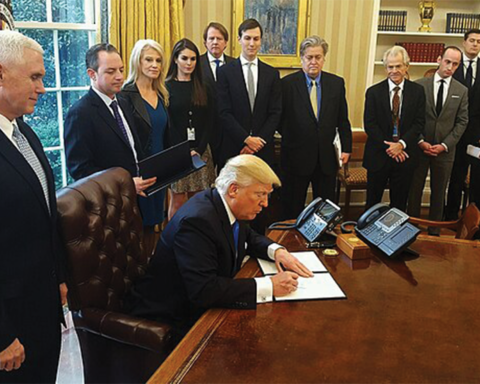By Steve Zimmer
Staff Writer
Summer Portfolio Monitoring
In order to hedge our equity positions over the summer, students were tasked with placing stop-losses on their sector holdings. A stop-loss is an order to sell a stock if it hits a certain price. It’s designed to limit an investor’s loss on a position. Since the Equity Fund portfolio is not as actively managed in the summer months, using stop-losses is one way to protect a portfolio from a major change within the market. There are two types of stop-losses: a dollar stop-loss or a trailing stop-loss. A dollar-stop loss is your traditional stop-loss order. For example, a stock may currently be trading at $100 and an investor decides to place a $95 stop-loss order. If that stock trades below $95, the position in that stock is immediately sold and cash is received. The other type of stop-loss order is a trailing stop-loss. A trailing stop-loss is a percentage in which the stock can lose value before it’s sold. For example, suppose an investor has a stock valued at $100 and places a 5 percent trailing stop-loss order. While it may appear that this is the same stop-loss as the dollar stop-loss, the difference is if the stock changes price. For example, if the $100 stock with a trailing stop-loss of 5 percent hits a new price of $101, that stop loss is automatically adjusted to $95.95. The benefit of this is that the stop-loss doesn’t have to be manually adjusted compared to the dollar stop-loss if an investor wants to realize gains. A downside of stop-losses is market volatility. A stop-loss order may be executed on a stock because it was placed close, and then rally in the next few weeks to a new 52-week high, resulting in missed gains. There is no set way to place a stop-loss. It is mainly driven by analyst sentiment, the volatility of a stock, technical analysis and any other factors deemed worthwhile.
Looking for vacation ideas? Go to Europe!
Currently, the state of the European economy is similar to the state of the U.S. economy back in 2008-2009. The European economy is just beginning a bond-buying program that helped the U.S. out of the great recession. As a result, the Euro has weakened against the U.S. dollar. Currently, the Euro is trading around $1.07, having been as high as $1.40 a year ago, according to Barry Hatton of the Associated Press. What does that mean for U.S. citizens? It means that the American dollar is stronger compared to the Euro and has more buying power than in years past. Many Americans have already begun to take advantage of the favorable exchange rate, as U.S. bookings to some European countries are up 20 percent so far compared to last year, according the Associated Press. If you want to visit Italy, France, Greece or any country that uses the Euro as their currency (graduation trip?), now may be worthwhile to take advantage of the favorable exchange rate!
If you are interested in joining SIMM next year you can take it as a class or an extracurricular activity. Any major and all experience levels are welcome. Researching companies and presenting recommendations provide education that can’t be found in any other class. If you are interested feel free to contact the Long Fund Manager Steve Zimmer at







